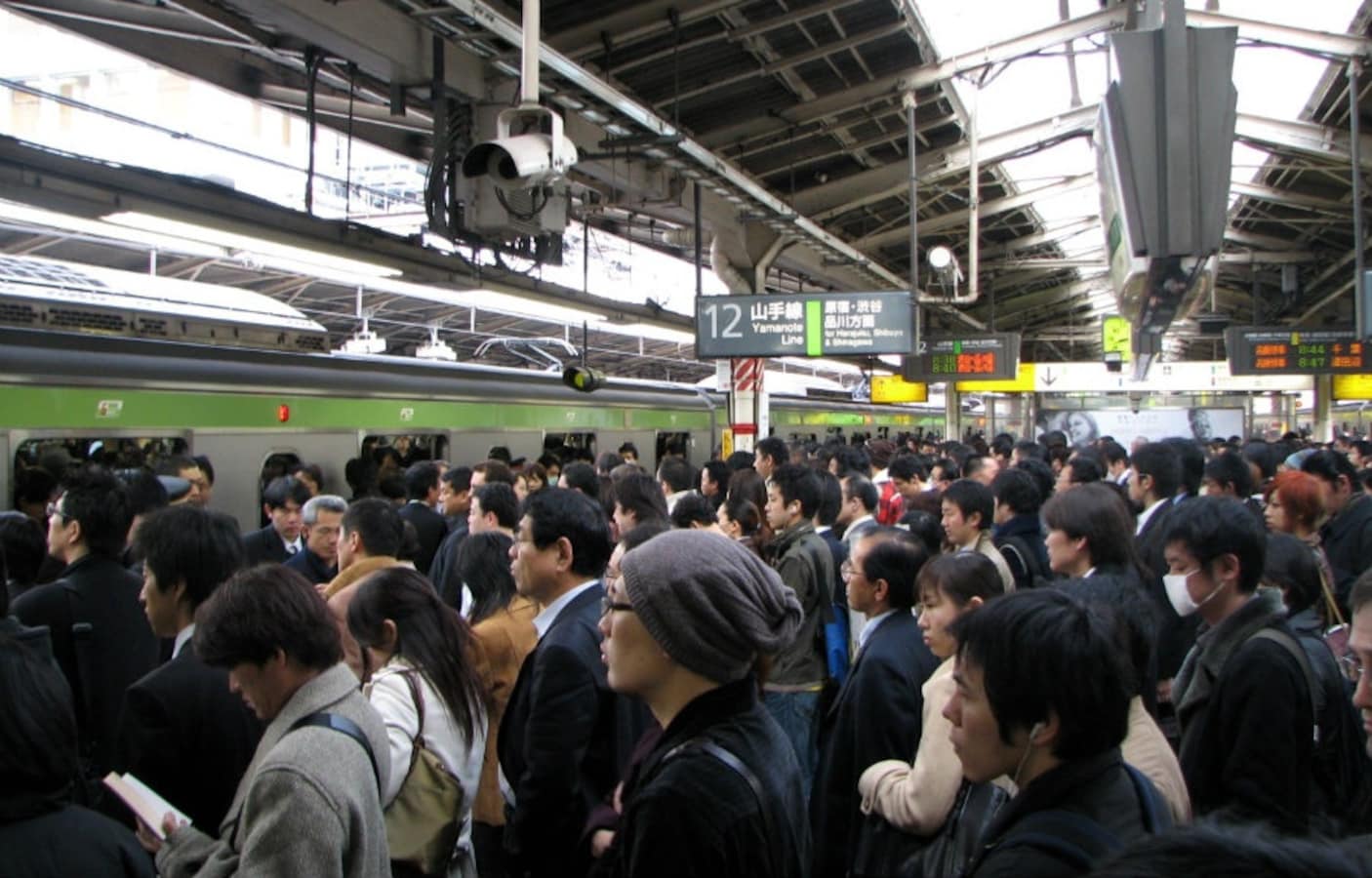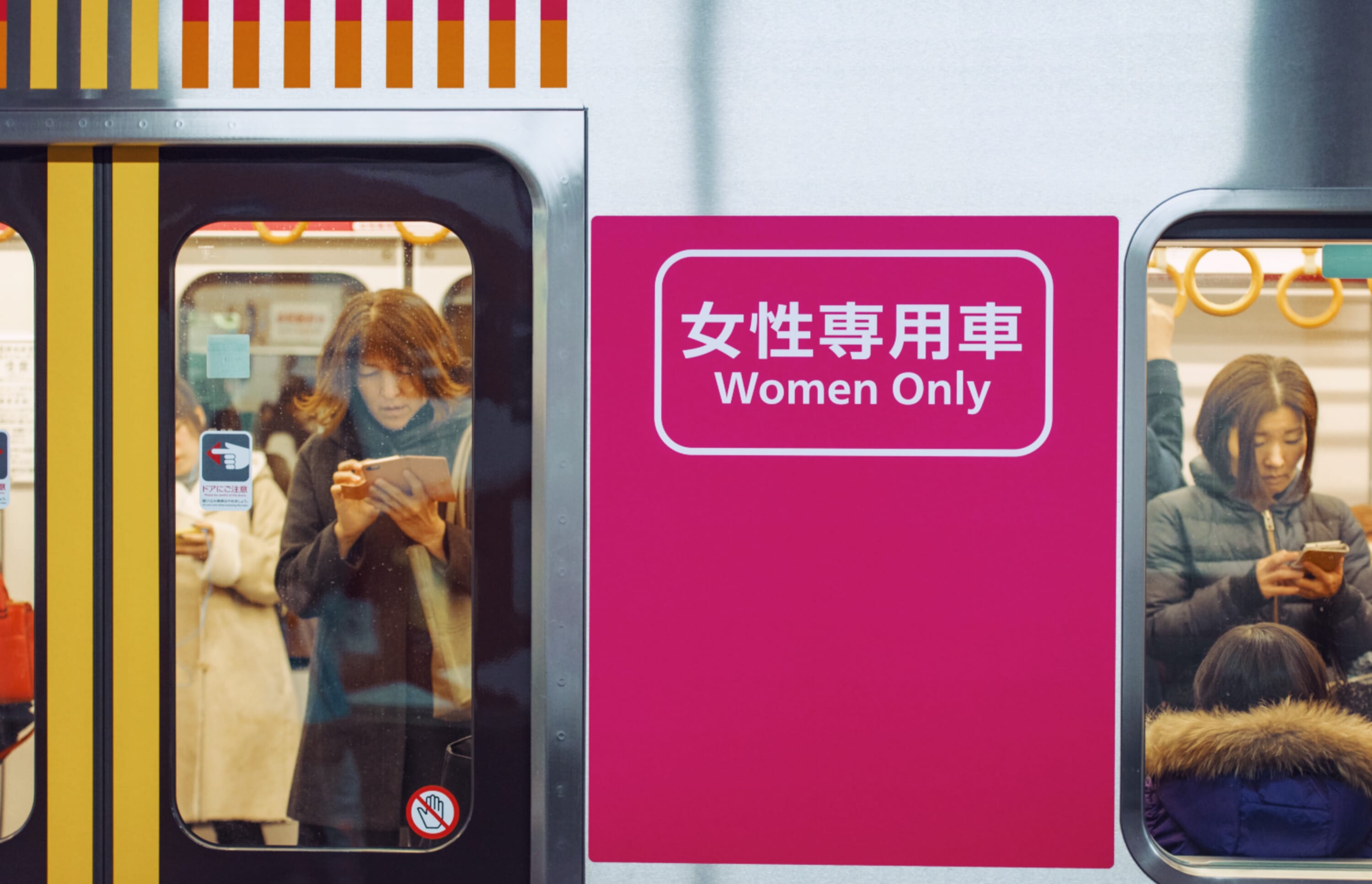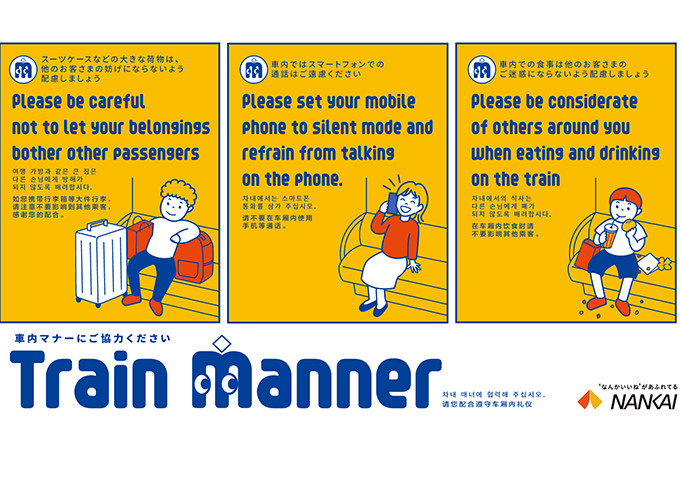Tokyo’s train system is considered one of the busiest yet most efficient transport systems in the world, transporting millions of passengers daily with remarkable precision. This operation is rooted deeply in the Japanese culture of respect and consideration, where people follow the morals of many unspoken rules of train etiquette that every commuter adheres to. For international students living in Japan, adjusting to these customs can be both surprising and enlightening. What may initially seem like unusual or overly strict expectations soon reveal themselves as essential practices that contribute to the smooth, respectful, and harmonious experience of public transportation. Unlike in many other countries, where public transit may often feel chaotic or unpredictable, Japan’s train system thrives on maintaining individual space and fostering quiet, considerate interactions. Public trains are viewed as a shared environment where everyone is expected to behave in ways that minimize disruption to others. Unspoken etiquettes such as maintaining silence, offering seats to those in need, and avoiding intrusion into others’ personal space are just some of the common courtesies that define this system. This feature article explores the unspoken rules of train etiquette in Japan, from boarding to in-train behavior, and how these practices reflect the nation’s cultural values of respect and efficiency. By understanding and embracing these norms, both visitors and international students can navigate the system smoothly and gain a deeper appreciation for the efforts made to uphold Japan’s unique sense of social harmony.

Before boarding the train, all passengers should familiarize themselves with a few essential behaviors that ensure smooth operations for everyone. The most important guideline is to wait for all passengers to exit the train before entering. During rush hours when train cars are often crowded, it can be a challenge for others to disembark at their stops. Simple gestures, such as moving to the side to allow those passengers to pass, are crucial and show respect. Once everyone has exited, commuters can board the train while following standard procedures. It’s also essential to maintain a quiet environment by avoiding loud conversations and phone calls, as disruptive noises are highly discouraged to promote a calm atmosphere.
Passengers must adhere to all rules and regulations, especially during busy times. Being mindful of the space you occupy is a key aspect of train etiquette. It’s considered impolite to take up extra room, so passengers should keep their bags close, often placing them between their legs. Every train car features designated seating for the elderly, disabled individuals, and pregnant women. These seats should always remain available, even during peak hours, to provide comfort and support to those who need it most. It is also recommended to avoid using devices near these seats to prevent interference with medical devices.

Once passengers step onto the train, a new set of social rules quietly come into play. One key feature of the ride itself is where and how people choose to sit. For example, many commuters intentionally decide to sit in the corners of the train’s bench-style seats. This isn’t just for comfort—it’s a way of maintaining independence and avoiding unnecessary interaction, a reflection of Japan’s value on personal space in public settings. If seats are full, passengers typically stand quietly, holding the handrails without leaning on others or causing a disturbance. There are also unwritten expectations about gender and safety. Most urban trains have “Women Only” cars during certain hours to provide a safer space, especially during morning rush hours. These designated cars are respected without question, and even signs in multiple languages help inform tourists and locals alike.
If in occasions where a male individual enters during the indicated hours, an automated announcement will be played to remind people of the purpose of the car. This implicate how Japan balances efficiency with sensitivity to social issues. Additionally, distractions like watching videos or playing games are common, but they are done in a highly discreet manner. Bright screens are dimmed, and sound is kept to a minimum. Even people who scroll on their phones or read manga are remarkably subtle—again, pointing to the culture’s emphasis on not standing out or disturbing the atmosphere. Every action inside the train, from the way you sit to how you use your devices, subtly communicates respect for the group over the individual.

When comparing Japanese train etiquette to other countries, the differences are not just cultural—they’re practical. In places like the subway in New York City, dashing to squeeze onto a packed train before the doors close is almost a sport. Loud music, open food containers, and disruptive phone conversations are considered part of the daily commute. While this adds a sense of liveliness, it also contributes to a more chaotic and less predictable environment. In contrast, Japanese train stations have clear markers on the ground indicating where to line up, and people wait their turn patiently—even during peak hours. The entire system is built on mutual understanding and social cues, with minimal announcements or enforcement. This level of cooperation makes for a more reliable and calm commuting experience. Even in Europe, such as on the London Underground or Paris Métro, you’ll find wider acceptance of eating on trains, and passengers often speak to each other more freely. While not necessarily rude in those contexts, such behavior would stand out in Japan as inconsiderate and looks would be given. For international travelers, this gap in expectations can lead to awkward moments. Tourists might unknowingly sit in the Women Only car, speak loudly, or block the doorways—all of which can disrupt the quiet rhythm of a typical Japanese train ride. However, many visitors eventually adjust. They observe, mimic, and respect the customs, finding that following the unspoken rules not only makes the journey smoother, but also offers insight into the broader societal values of mindfulness, humility, and harmony. In many ways, the train is more than just a means of transport—it’s a moving example of how shared respect leads to shared success.

In a country where millions of people rely on public transportation daily, train etiquette in Japan plays a vital role in keeping everything running efficiently and respectfully while being on time. From waiting in orderly lines to existing quietly, to subtle gestures like where to sit or how to use a phone, these unspoken rules reflect a deeper cultural value: collectivism. While they may seem strict or even unusual to outsiders at first, these norms help transform one of the world’s busiest train systems into one of the most harmonious. Compared to other countries where noise, clutter, and chaos often define the commute, Japan’s approach stands out as a model of order and social mindfulness. Whether you’re a tourist navigating Tokyo’s subway for the first time or a long-term resident, understanding and respecting these etiquettes doesn’t just make you a better commuter—it allows you to take part in a shared cultural rhythm that values harmony, respect, and consideration for others.